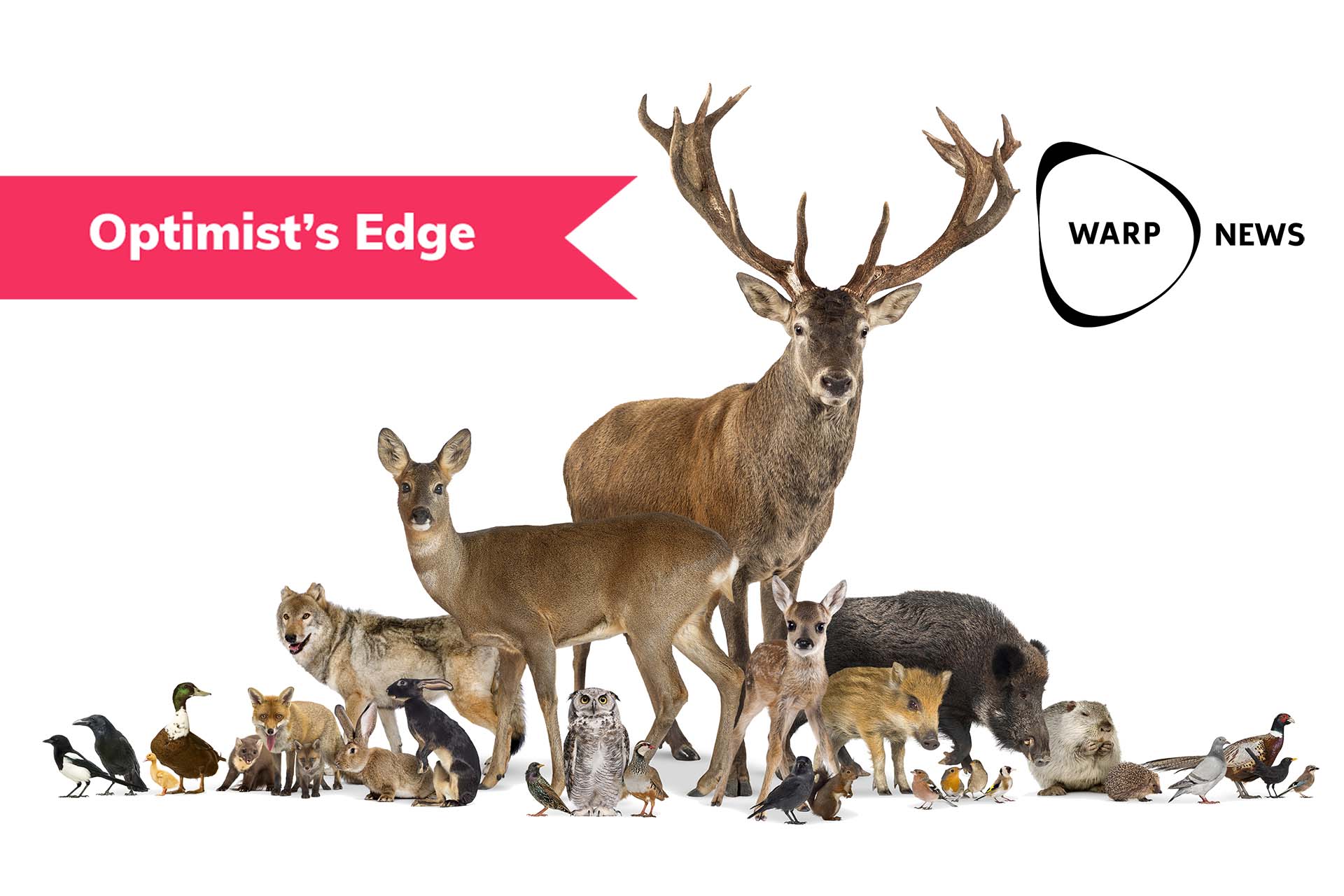
🕸 A breakthrough: Artificial cobwebs as good as the real thing
A new method can make it practically and economically possible to manufacture artificial cobwebs on an industrial scale.
Share this story!
Cobwebs are one of the strongest and most rigid materials we know of. If we could mass-produce artificial cobwebs, it would benefit everything from medicine to clothing. So far, we have not been able to figure out how to make artificial cobwebs that are as good as spiders strings, but a new discovery may take us there.
Researchers at the Swedish University of Agricultural Sciences (SLU) and Karolinska Institutet have designed proteins that can be used to make artificial cobwebs. The artificial wire is about as solid and tough as real cobwebs and can work for industrial production.
A few years ago, the researchers already managed to build a simple device that could spin kilometer-long strings. Those strings were not quite as challenging as natural cobwebs, but the quality improved significantly with the new cobwebs' proteins. The researchers developed several different types of threads, and two of them had as much toughness as natural cobwebs.
The next step will now be to see if it is possible to build an industrial process to manufacture these strings. Therefore, the researchers must scale up production, and so far, it seems promising.
"By growing the bacteria in a bioreactor, we were able to produce about nine grams of protein per liter, which is in line with the requirements for economically sustainable industrial production. The proteins we get from only one liter of bacterial culture are enough to spin an 18-kilometer-long fiber", says Anna Rising professor at SLU and one of the researchers behind the study, in a press release.

By becoming a premium supporter, you help in the creation and sharing of fact-based optimistic news all over the world.



